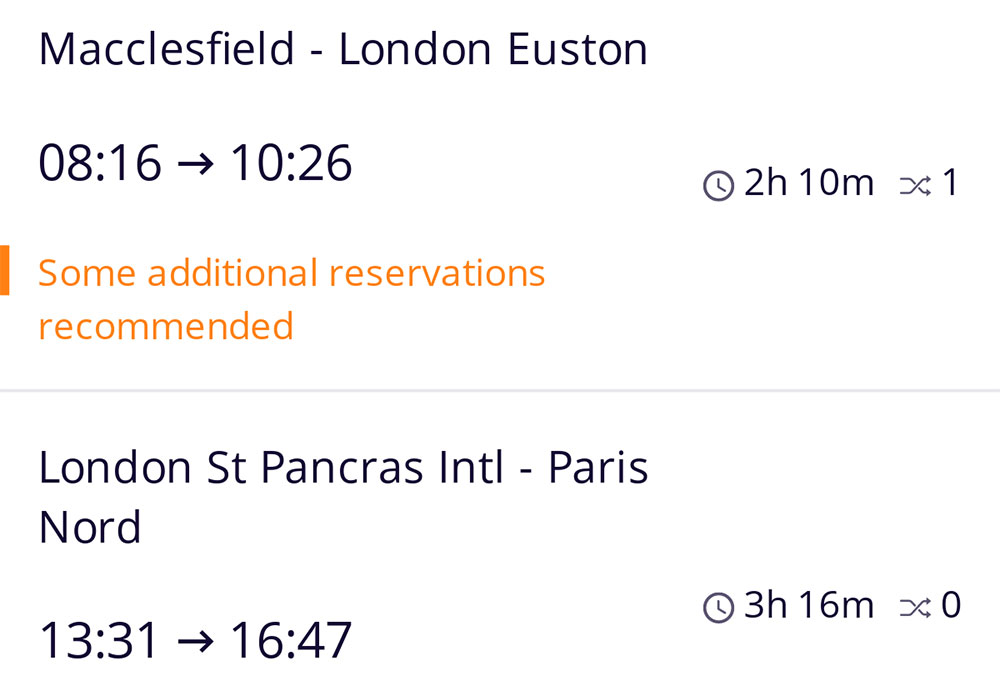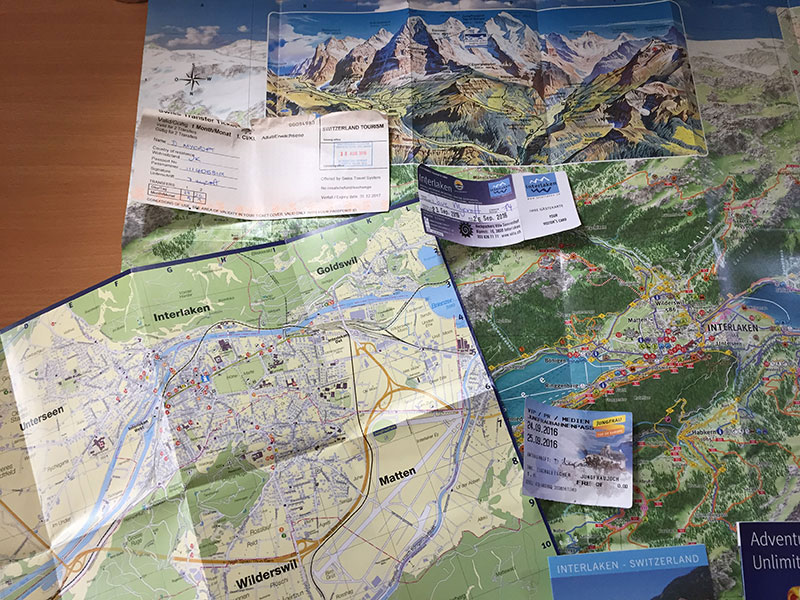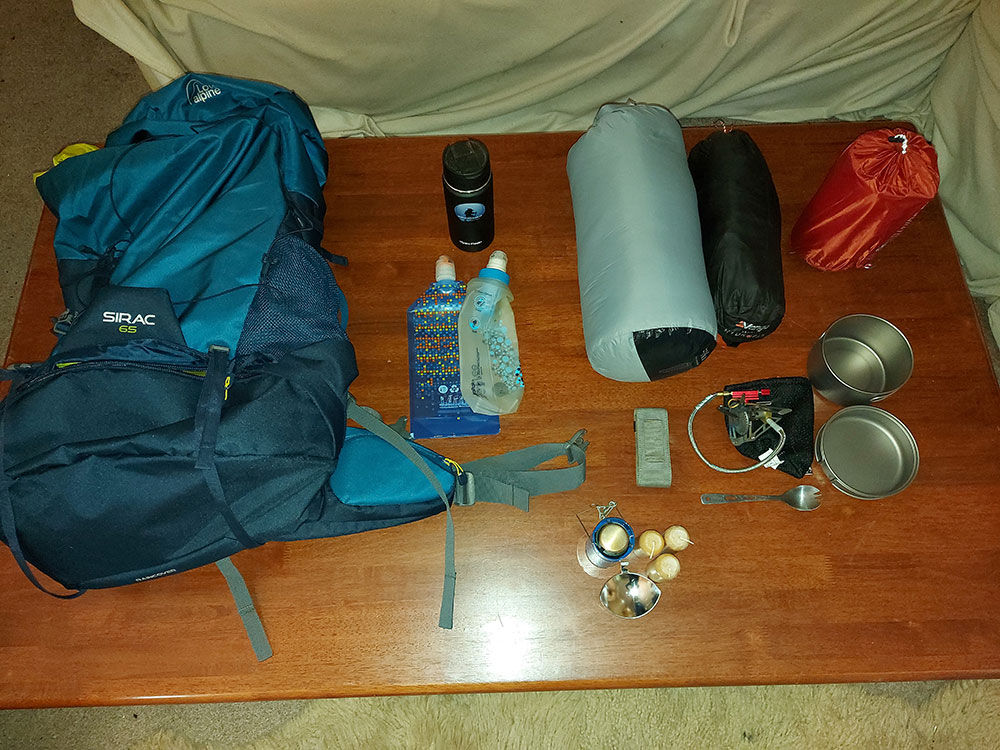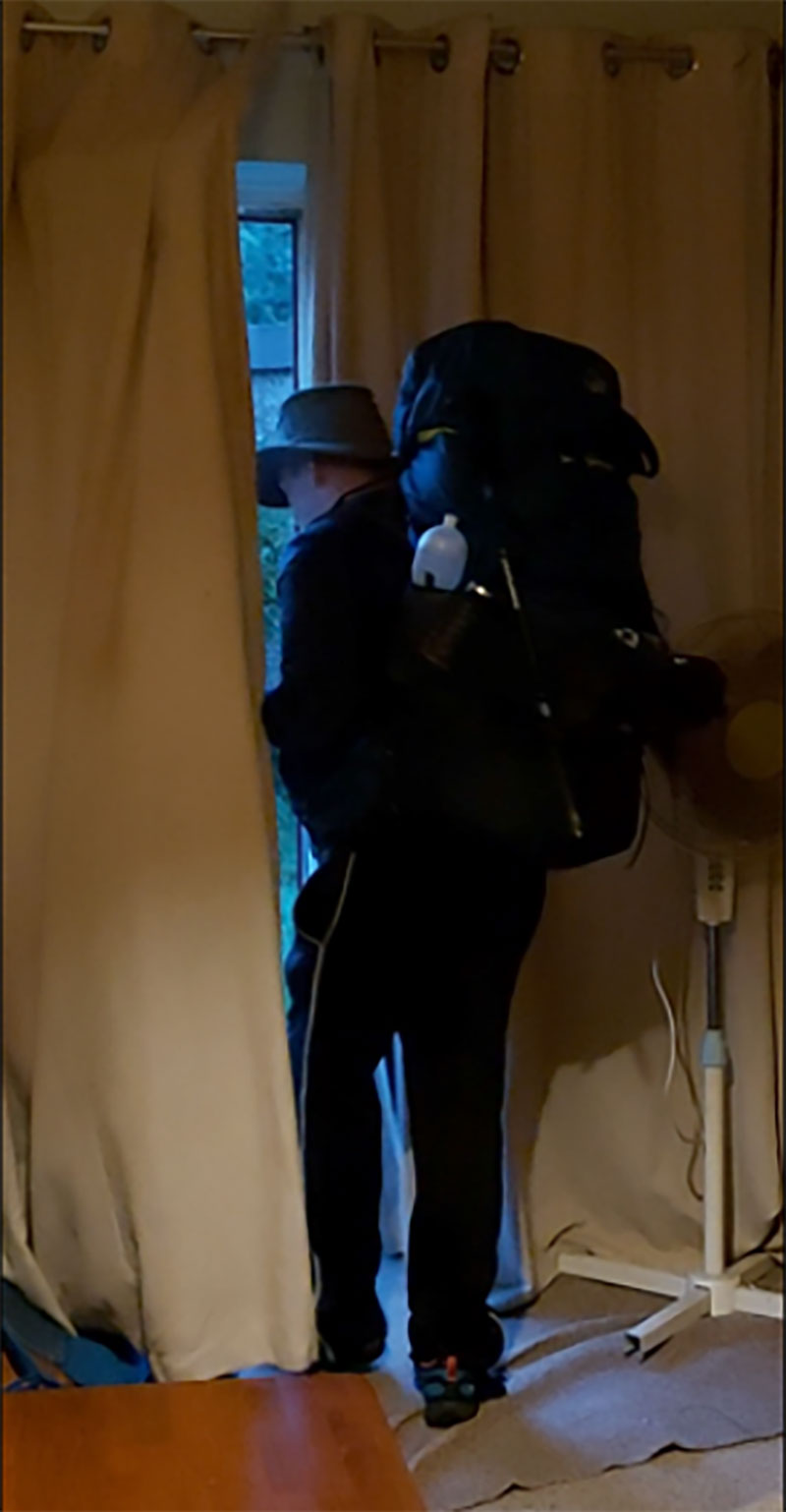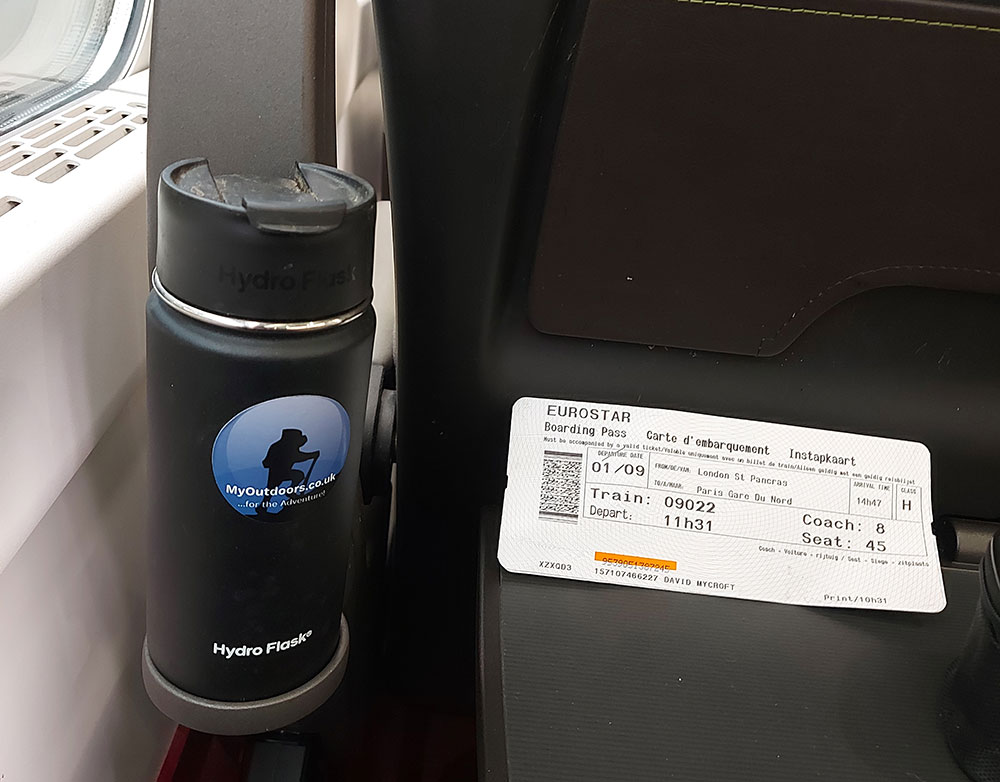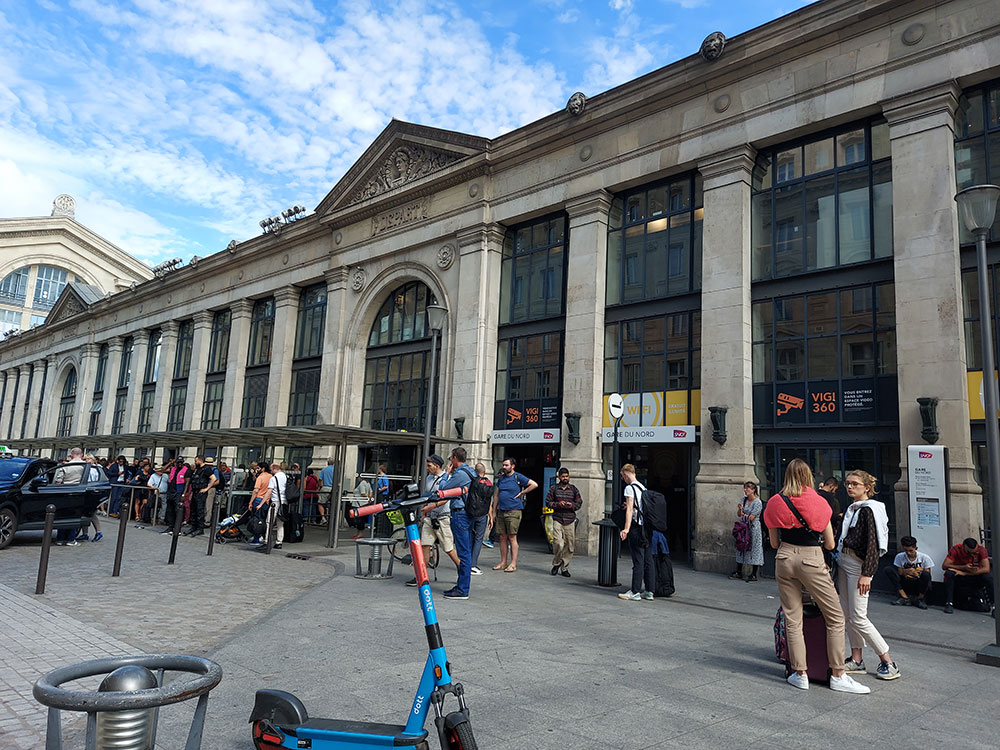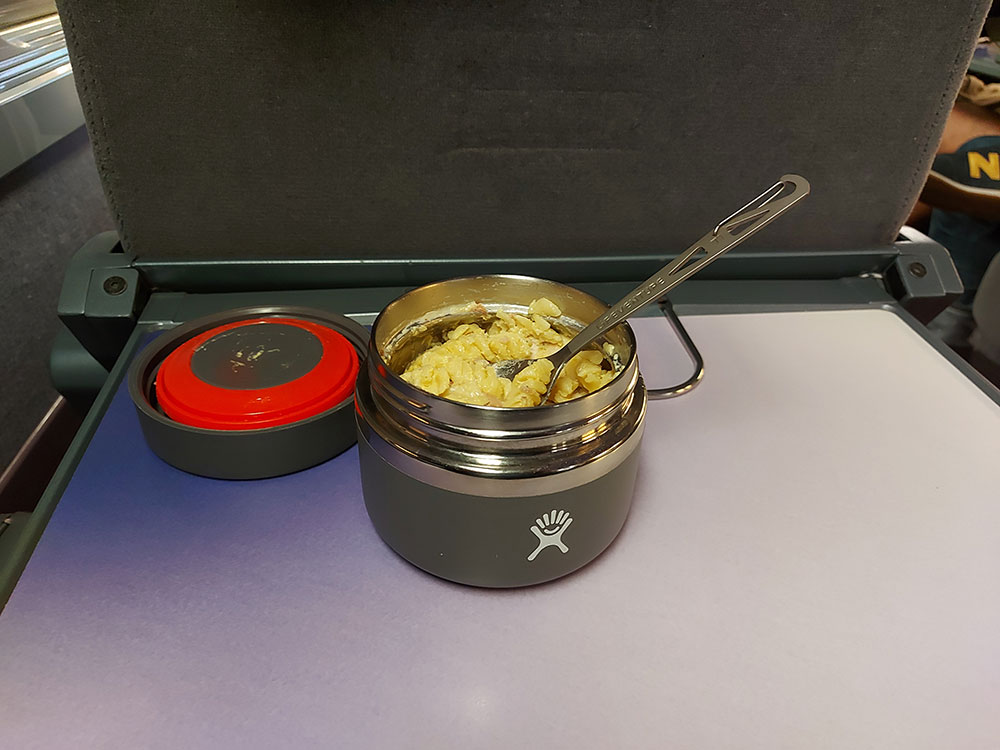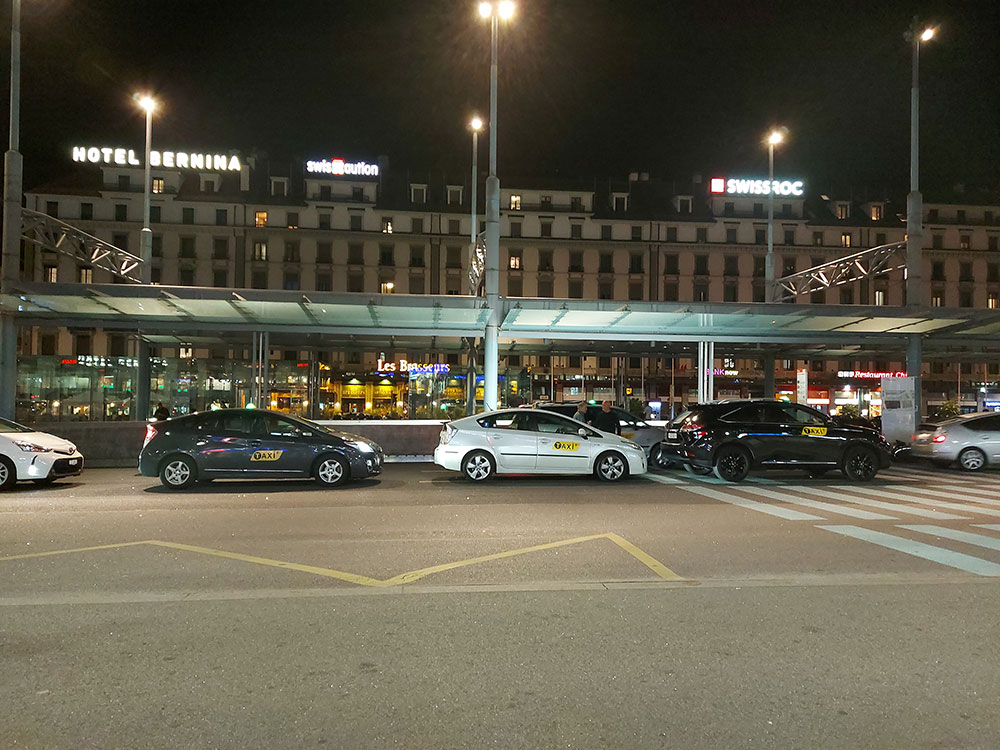There’s a tendency in the 21st century to define everything in statistics and data, but when you’re being battered by 60 mile an hour winds in the Arctic Circle statistics are meaningless. When you’re looking down on an alpine glacier that’s almost literally meting in front of your eyes, the data is nothing compared to the tears building up in your eyes at what we’ve done to our planet.
It was a trip that had been three months in the planning, with every train, bus and ferry identified in advance and backup plans in place for delays. The idea was to leave the numbers to take care of themselves and, instead, to experience travel sustainably. No planes, no cars and as far as possible using sustainable kit throughout. In true 21st century style it was also a blend of work and leisure, with early support from Switzerland’s national tourist body giving way to hostels and wild camps as the trek moved north.
It would be easy to say it started with an advert for 50% off Interrail Global Passes, but it was equally the result of 2 and a half years of lockdown and covid. The Interrail advert sparked the desire into action, with the advantage of those missed two and a half years meaning I now qualified as a “Senior”, but at 61 I’ve done more than enough travel for one person. To combine responsible travel with sustainability, however, gave the journey a purpose.
The Interrail platform provided the means to plan the journey, though not without setbacks. After plotting a route through France, Switzerland, Germany, Denmark, Sweden, and Norway, booking reservations where required and confirming start and end Eurostar trains it all came tumbling down. Despite the money leaving my account the confirmation of mandatory reservations failed to arrive. A “technical error” sent me back to the drawing board. Legs that had been carefully planned were no longer available, and the Stockholm to Abisko line, one of the most scenic in the world, was no longer available due to maintenance demands. But by this stage the pass had been paid for and there was no going back.
Eventually the logistics was complete and bit by bit a route had emerged. From Cheshire to London, then Eurostar to Paris and onwards. Commitments in Zermatt, Interlaken and Lugano defined the first 8 days and then it became a task of reaching Norway in as short a time as possible – sleep being an emergency option only. From Lugano to Hamburg in a day, then on to Gothenburg with enforced overnights in each. Beyond Gothenburg, or Goteborg as I became accustomed to calling it, it was essentially non-stop to Oslo, Trondheim and Fauske where train turned to bus, and on to Narvik. No hotels, travelling through the night as I headed north with only a seven-hour, daytime, delay in Norway’s capital.
At Fauske the railway lines ran out, turning west to Bodo and the coast, but my journey continued north. A five-hour bus, with a bus and lorry ferry along the way, deposited me in Narvik and the gateway to the north as midnight approached and a small but functional hotel just minutes from the bus station. From here the route was west to the Lofoten Islands and the search for the northern lights. A well-established bus route led directly from Narvik down the length of this iconic archipelago with 6 days to seek out wildlife and the possibility of the green and red dancing skies.
Leaving Lofoten meant a ferry, from Moskenes to Bodo and a return via Fauske and Trondheim down the length of Norway. With time to spare on the month-long ticket the plan was to return to Switzerland for a night in Zurich before crossing into France and a final rest in Chamonix before the train back to Paris and Eurostar to London. It was an ambitious plan, but when you’re on the trip of a lifetime there’s an impulse to fit in everything you can.
My kit choice had been a compromise as never before. With the need to carry everything for a month over 8000km it ideally had to fit into a single pack but still be a weight I could cope with, and I’d carried nothing over 5kg on my shoulders for getting on for 6 years. Add in a commitment to only use kit I already had or additions that were either purchased second hand or had a minimum of 50% recycled content and every item had to be very carefully chosen. To have simply re-equipped with new kit would have made a complete travesty of what was essentially an experiment to see how feasible responsible travel is; it’s not responsible to simply consume more resources to make a an environmentally conscious trip possible.
There were some new items, particularly when it came to the camping element but thanks to the support of Rab, Lowe Alpine, Vango and Primaloft they were environmentally sound choices that made the weight bearable and the bulk manageable. A Sirac 65L with extensive recycled content and a cutting edge Mythic Ultra 360 entirely made in the UK combined with a Big Agnes Rapide SL insulated made made up the main components along with a Project Hydrogen from Vango’s Camping Recycled outlet. The DJI Mavic Mini 2 and Osmo Pocket 2 that made up my video kit were also purchased second hand and will see a lot of additional use over the coming months and years.
And so in the early hours of the 1st of September I walked out of the back door of my flat in Cheshire with a carefully constructed plan to do …… well exactly what I had no idea. The first week in Switzerland would be an easy entry, my 23rd visit to the country in recent years and for the majority familiar ground, but after that it was what, looking back, amounted to a ridiculously mad dash to reach the Arctic Circle in search of lights. Another, equally frenetic dash back across central Europe would then see me with 4 days “recovery” in the French Alps before a more leisurely journey to Paris, London, and home. Well, that was the plan as September dawned.
Before I’d even left Macclesfield the logistics and planning were thrown out of the window. Arriving early at the train station I was ahead of schedule, and that continued for the majority of the day. Early arrival gave me the option of an earlier train to London and the luxury of extra time to make my connection with the Eurostar. Tales of 3 hour plus waits at St Pancras had been all over the national news in the build-up so adding an extra 30 minutes to my planned two and three quarter hour reserve felt prudent. And so it was that I arrived at Euston station well before 10 am.
The story at Euston followed along much the same lines as the morning had started in Cheshire. An innocent enquiry at Eurostar’s information desk about ways of avoiding a long wait standing saw my journey to Paris accelerated with a place on the 11:31 instead of the 13:31 and a priority passage through security and customs that took less than 5 minutes. Worried about my ability to stand on my feet for 3 hours plus I found myself, instead, swept off them and 30 minutes after arrival at St Pancras I securely say in a Standard Premier seat on the Eurostar to Paris Gare du Nord.
I’d been looking forward to my first voyage under the English Channel, something that was an unlikely dream for most of my life. I was well into my 30s before the Channel Tunnel even existed. The reality was something less than expected. It was, after all just another train – maybe a bit faster than the Manchester to London express at times but not particularly noticeably. My trusty and reliable multi-plug adapter that was vital for recharging all my devices had literally gone “bang” within an hour and the food while edible had been outshone by the offering on Avanti’s West Coast line earlier in the morning. It felt somewhat in keeping with the experience that on temporarily emerging from Gare du Nord for a quick vape before my transfer to Gare de Lyon it took less that 5 minutes to see crack being passed from hand to hand on the streets of Paris.
The RER from Gare du Nord to Gare de Lyon was a piece of cake, and I’d only watched it on YouTube 30 or so times to make sure I knew exactly where to go. 2 stops and I was in the capital’s gateway to the south.
It was at this point that the accumulated time saved between Cheshire and Paris became more of a liability than an aid, with a mandatory seat reservation on a specific train from Gare de Lyon to Geneva and over 4 hours to fill with a heavy pack and dodgy hips. Six months earlier and I’d have whittled the time away with successive cigarettes and coffee, but that was in the before. Now I was a non-smoking, healthy eater, with a strict limit of 3 to 4 coffees a day. Lets just say the next 4 hours dragged.
The trip from Paris to Geneva passed as benignly as that from London to Paris. Bit by bit the sum sank lower in the sky and the green fields rushing by turned from green to muted to dark. Battery life on the phone was at a premium without a functioning charger following the Eurostar burn-out but it was no real loss as the light faded and the only photo opp was dinner a la hydroflask; achicken and bacon (shhh don’t tell my doctor) pasta bake still warm from home. As the train pulled in to Geneva I’d been on the go for 16 hours and midnight was approaching. I had no regrets about taking an exorbitantly priced taxi from the station to the hostel – an electric taxi though to fit with my “responsible” targets. Who cared that it was only 800m walk but 2.5km by taxi around the one way system.
I was wiped out and it was only day 1.


